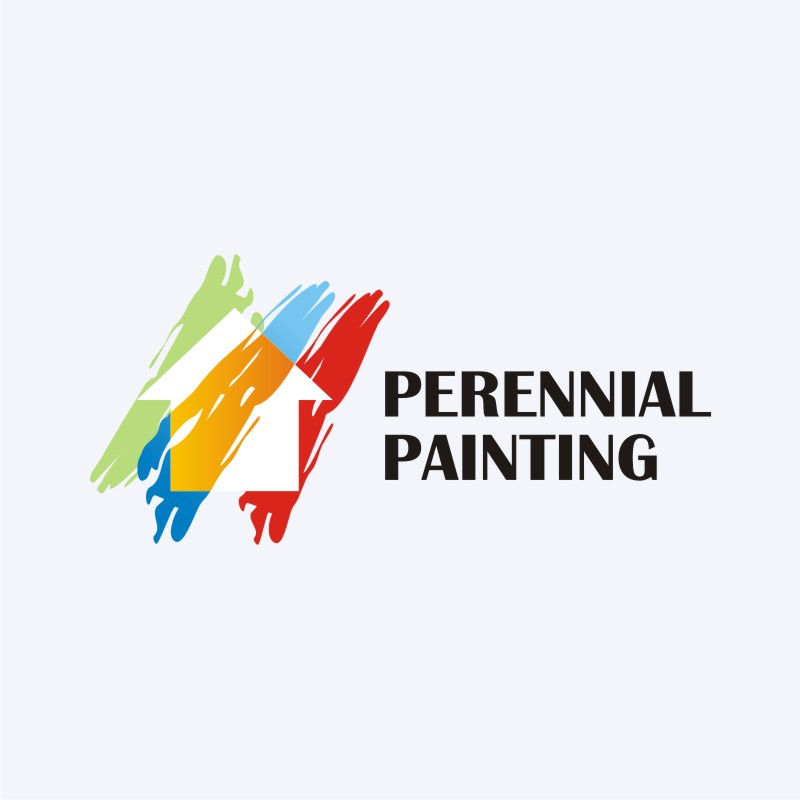Discover Exactly How Seasonal Impacts Can Influence The Efficiency Of Industrial Exterior Painting And Learn The Most Beneficial Times To Make Certain Sturdy Results For Your Project
Discover Exactly How Seasonal Impacts Can Influence The Efficiency Of Industrial Exterior Painting And Learn The Most Beneficial Times To Make Certain Sturdy Results For Your Project
Blog Article
Material Produce By-Korsholm Browne
When you're planning a commercial external painting job, seasonal aspects can make or damage your outcomes. You'll intend to take into consideration exactly how temperature and humidity influence paint application and drying out times. Choosing the right period can guarantee your paint sticks appropriately and lasts much longer. But which seasons are really the very best for this kind of work? Let' click this link here now out the crucial elements that can influence your project's success.
The Influence of Temperature Level on Paint Application
When you're planning a commercial external painting project, the temperature can significantly affect how well the paint adheres and dries.
Preferably, you wish to paint when temperature levels vary between 50 ° F and 85 ° F. If it's too cold, the paint might not heal correctly, resulting in problems like peeling off or splitting.
On the other side, if it's too hot, the paint can dry too swiftly, avoiding appropriate bond and resulting in an unequal finish.
You must also consider the time of day; early morning or late afternoon supplies cooler temperature levels, which can be more desirable.
Always check the manufacturer's referrals for the details paint you're utilizing, as they commonly give guidance on the optimal temperature range for optimum results.
Humidity and Its Effect on Drying Times
Temperature isn't the only environmental factor that affects your commercial outside paint project; humidity plays a considerable function too. High humidity levels can slow down drying out times drastically, influencing the general top quality of your paint job.
When the air is saturated with moisture, the paint takes longer to heal, which can result in problems like inadequate bond and a higher danger of mildew development. If you're repainting on a particularly moist day, be gotten ready for prolonged wait times in between coats.
It's vital to check regional weather and plan as necessary. Preferably, go for humidity levels in between 40% and 70% for optimum drying.
Maintaining these factors in mind ensures your job stays on track and provides a lasting finish.
Best Seasons for Commercial Exterior Paint Projects
What's the best time of year for your industrial outside paint jobs?
Springtime and very early loss are normally your best choices. During these periods, temperature levels are light, and moisture levels are commonly lower, producing perfect conditions for paint application and drying out.
Stay clear of summer's intense heat, which can create paint to dry also swiftly, leading to bad bond and finish. Similarly, winter's cool temperatures can hinder appropriate drying out and treating, running the risk of the long life of your paint work.
Aim for days with temperature levels in between 50 ° F and 85 ° F for ideal results. Keep in mind to examine the local weather report for rainfall, as wet conditions can wreck your project.
Preparation around these factors guarantees your painting task runs smoothly and lasts much longer.
Final thought
Finally, intending your business exterior paint projects around seasonal considerations can make a significant distinction in the result. By organizing work during the perfect temperatures and humidity degrees, you'll make certain far better attachment and drying times. Remember to watch on neighborhood weather report and pick the correct time of year-- spring and very early autumn are your best choices. Taking these actions will aid you accomplish a resilient and professional finish that lasts.
